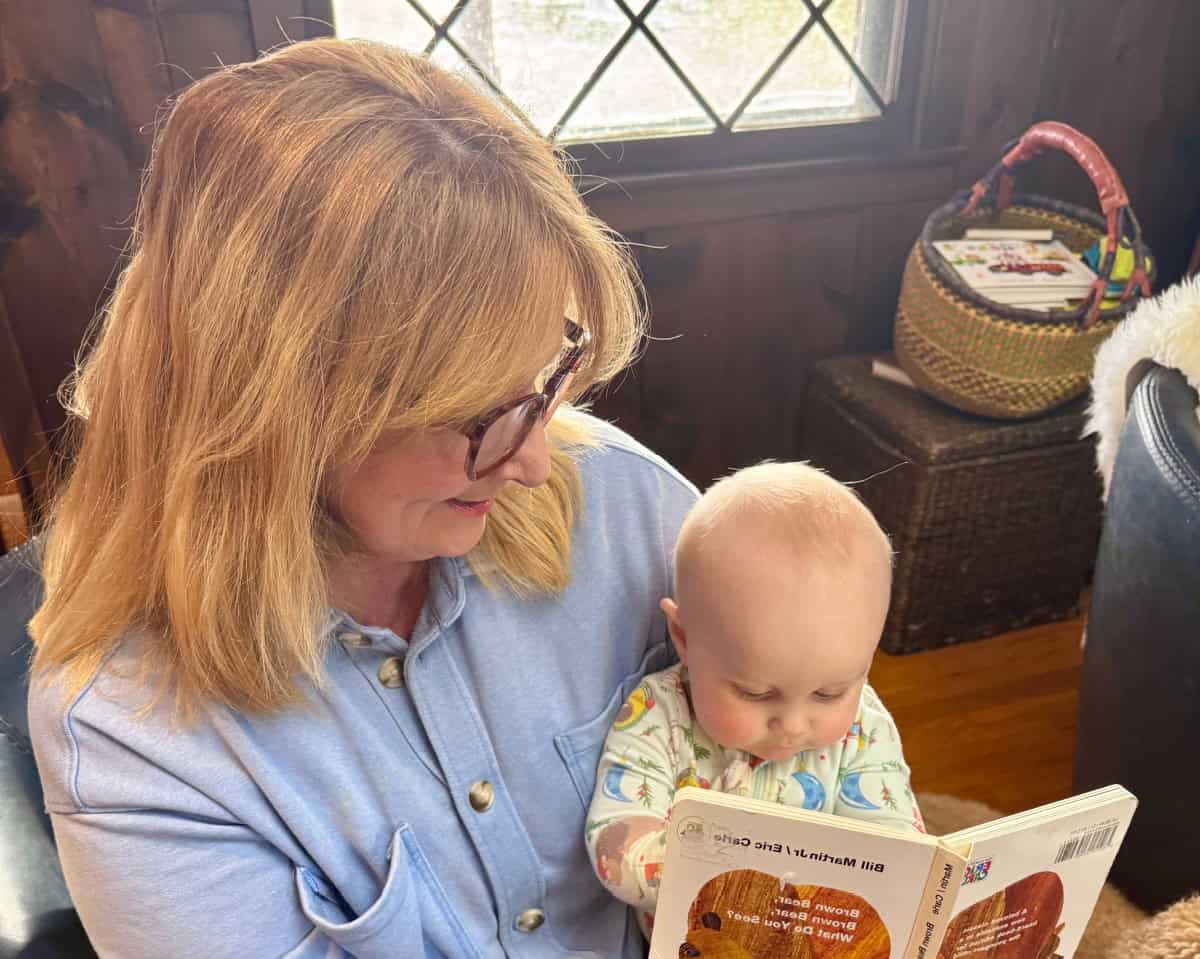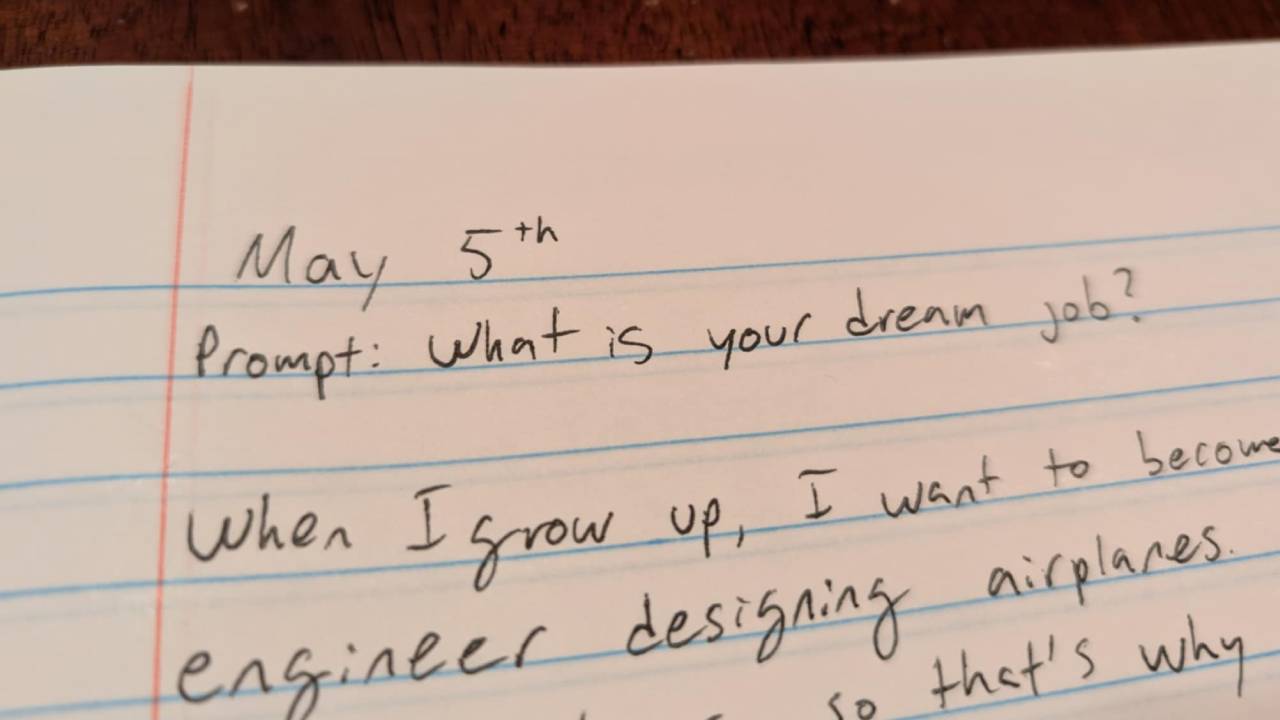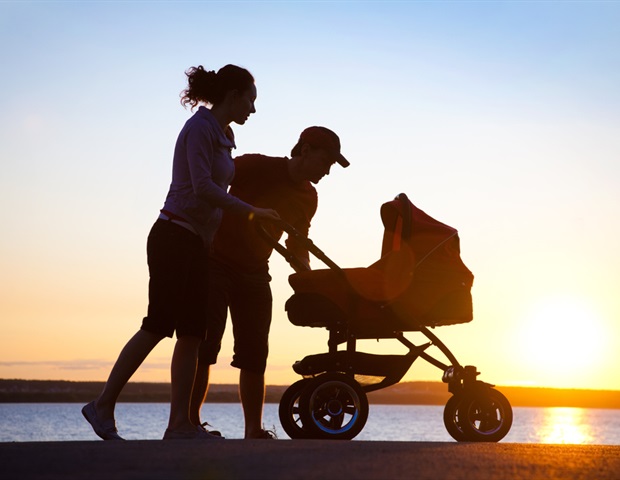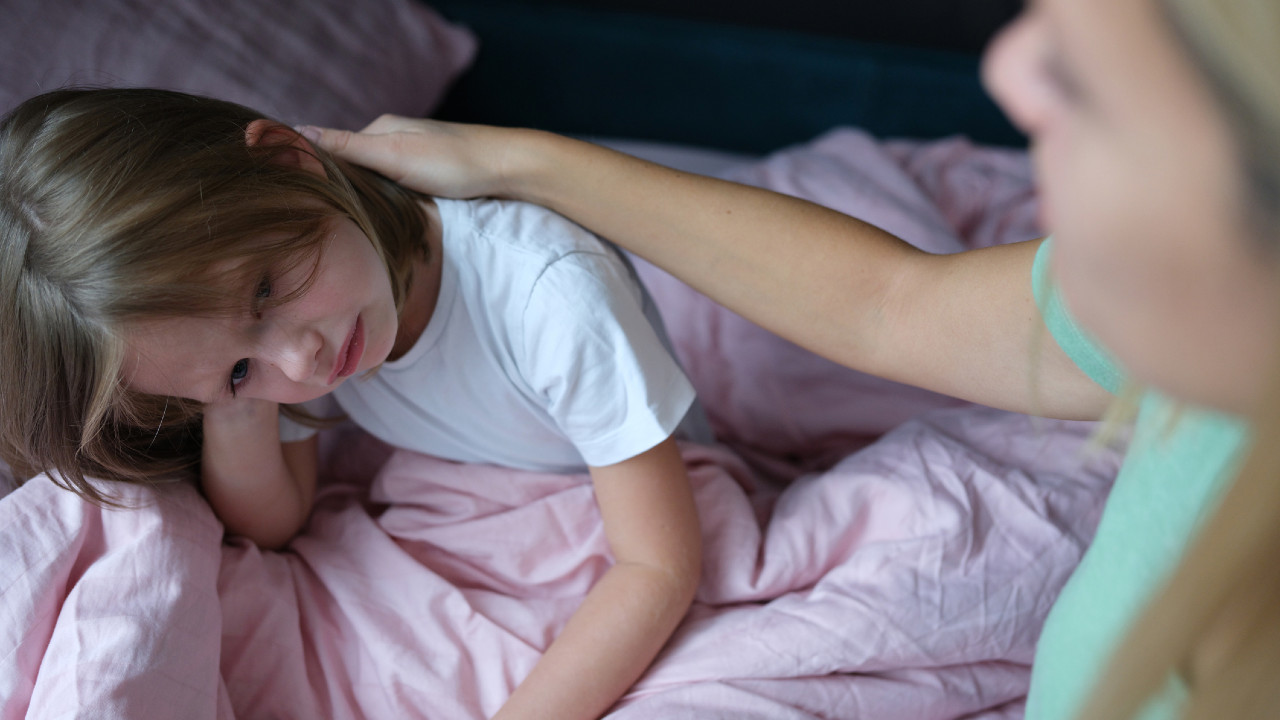I thought this condition only affected pregnant and old people. I was wrong.
My first child slept like an angel. We’d put her to bed around 8 p.m. and she’d sleep a full twelve hours. Yes, it was parental bliss. Another one of our children, though, threw us for a serious loop. We’d put them to bed, and they’d be up off and on for hours.
We tried a serene bedtime routine: We applied lavender lotion to their arms, legs, and back, read several bedtime stories, and dimmed the lights. When this wasn’t enough, we had the kids do running races and yoga before bed.
We tried a weighted blanket, cut out the daily nap when they were barely two, and, at the suggestion of one paediatrician, instituted a reward chart. The same doctor told us our child needed more discipline. If they came to our room after bedtime, we were to escort them right back to bed—no nonsense. If that didn’t work, the doctor said a low dose of melatonin may be in order.
At age six, we did a sleep study, unfortunately resulting in no diagnosis. We also saw an ENT, who said that perhaps their enlarged tonsils and adenoids were to blame. We opted to have all of those surgically removed, but it didn’t improve our child’s sleep. As they got older and much more verbal, they frequently mentioned that their legs felt strange at night, like crawling bugs. This was a clue as to what was going on–though we didn’t recognize it at the time.
One day, I confessed to a fellow mom—who is also a nurse—how tired we were. She asked if we had considered that our child may have restless leg syndrome. One of her own children had sleep issues stemming from their low ferritin level. I had no idea what ferritin was, but I was down for anything after six years of missing a full night’s rest.
So I researched ferritin, hoping that what I found could provide some much-needed answers. I found out that measuring ferritin levels can tell you how well (or how poorly) iron is being stored in the body.
Checking my child’s ferritin level was a simple blood test. While a “normal” ferritin level varies, my child’s level, which was under twenty milligrams per decilitre, plus chronic nighttime symptoms revealed a clear diagnosis of restless leg syndrome. I was shocked. I thought RLS was an issue only pregnant people and the elderly had, but I was wrong.
According to Nilong Vyas, a paediatrician and sleep coach at Sleepless in NOLA, restless leg syndrome, or RLS, is “a condition where the legs move sporadically and unintentionally” usually at night. RLS is one of the more common sleep movement disorders and occurs in about two percent of children and teens, according to Vyas, who explains that people with RLS often experience a “crawling sensation” in their legs, which prompts them to jerk their leg in order to eliminate the discomfort. They may also experience throbbing and tightness.
Unfortunately, there’s often no known cause for RLS, although researchers have found that certain genes are tied to the condition. Abnormalities in dopamine, a chemical messenger in the nervous system that regulates and coordinates movements, are also associated with RLS. While iron deficiency can cause or worsen RLS, so can several medical conditions, including chronic peripheral neuropathy and spinal cord conditions. RLS can develop at any age, though it’s more common with increasing age and in women, especially during pregnancy.
Vyas says that if you suspect your child has RLS, your first stop should be your child’s doctor. They can assess your child, including symptoms, family history and sleep issues, and order blood work.
If it’s determined your child has RLS related to iron deficiency, they may suggest eating more iron-rich foods, like meats, leafy green veggetables, and any iron-fortified products including hot and cold cereals and pasta. They may also prescribe an iron supplement.
Meredith Broderick, a neurologist and sleep medicine physician in Bellevue, Wash., says it’s important that parents whose children have RLS work with a physician for both treatment and monitoring of the condition—and whatever you do, don’t start your kid on an iron supplement without consulting a doctor first. Vyas adds that iron deficiency can be seen in patients with RLS but that not all patients with iron deficiency have RLS.
Since my child has been taking their prescribed ferrous sulfate (iron) supplement, under the careful supervision of our paediatrician, their RLS symptoms have resolved. Going to sleep isn’t a tortuous, hours-long event that trails long into the night. Our child wakes up well-rested and ready to conquer the school day and basketball practice. As parents we cannot overemphasize the value of a good night’s sleep, and I am so grateful that my family has our life-changing answer.
About our experts: Nilong Vyas, is a paediatrician at Sleepless in NOLA, a sleep consulting service in New Orleans. Meredith Broderick, is a neurologist and sleep medicine physician in Bellevue, Wash.

 PARENTING TIPS
PARENTING TIPS







 PREGNANCY
PREGNANCY








 BABY CARE
BABY CARE








 TODDLERS
TODDLERS








 TEENS
TEENS








 HEALTH CARE
HEALTH CARE







 ACTIVITIES & CRAFTS
ACTIVITIES & CRAFTS








 CONTACT
CONTACT ABOUT
ABOUT



